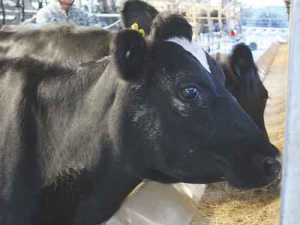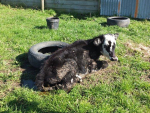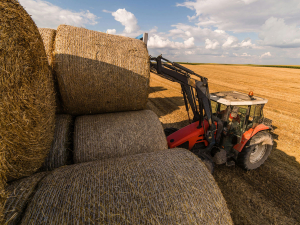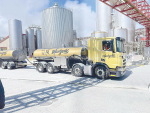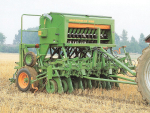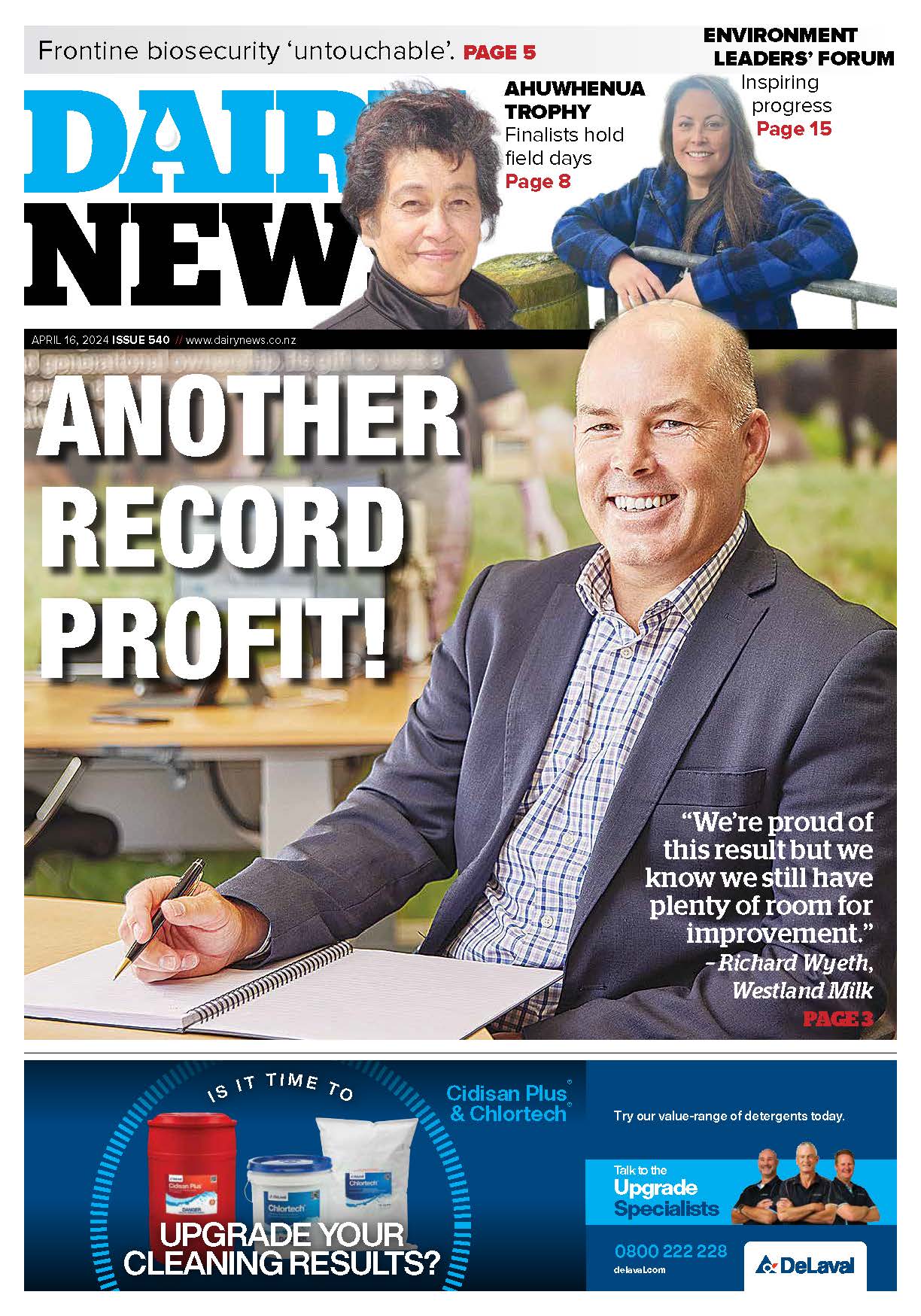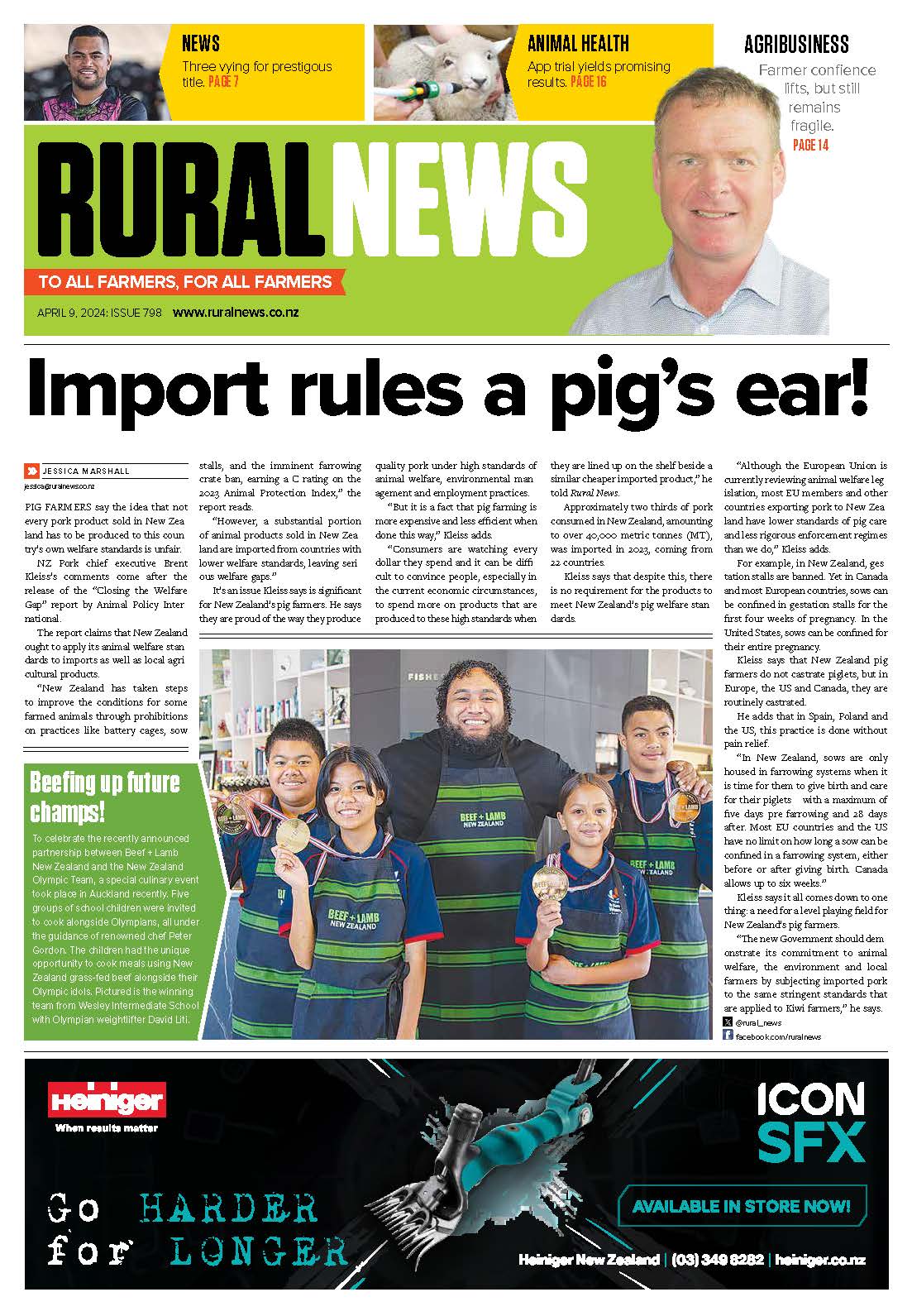Prior to the importance of Cu being fully understood, the pioneers of New Zealand farming reported a condition of ‘ill thrift’ where adult cattle presented with anaemia and rough coats, had lowered milk production and suffered diarrhoea (peat scours).
Young stock too commonly suffered with these signs in addition to having poor growth rates. Later research revealed this to be a condition associated with Cu deficiency.
Basically there are two scenarios leading to Cu deficiency. Primary deficiency, where there are simply insufficient levels of Cu in the diet relative to requirements of the animal. Secondary deficiency occurs when there is sufficient Cu available but uptake is reduced due to the presence of ‘antagonists’ (Molybdenum, Sulphur) which dramatically reduce the normal absorption of Cu.
Both examples of primary and secondary Cu deficiency existed in NZ.
For example, it has been estimated that cows require 10mg of copper per kg of dry matter to thrive. A survey of 1100 NZ pasture samples collected between 2001 – 2006 (1) showed 75% of samples had insufficient levels for cattle (lower than 10mg Cu per kg DM). This work shows that pasture doesn’t always provide sufficient Cu levels for cattle to perform and supplements are required in most pasture-only systems.
As a result, a range of products were introduced over the years to the local market such as Cu injections, Cu bullets and soluble mineral mixes that could be added to the water supplying the herd. These products have proven effective in providing sufficient Cu to mitigate the clinical picture associated with Cu deficiency described above.
To confuse this picture further, over the past 20 years there has been a decline in requirement of some of these Cu supplements. This has arisen due to the evolving feeding policies on farms, whereby the feeding of by-products such as PKE to dairy cattle has become commonplace. These by-products tend to be higher in Cu than typical pasture species.
This recent reduction of the need to supplement herds appears to have led to complacency about ensuring adequate Cu status in all stock, including replacement stock.
Replacement dairy cattle spend a lot of time away from the milking platform where they are managed extensively and fed a mostly pasture diet. Replacements, therefore, are at higher risk of developing Cu deficiency than a herd being fed PKE if there is no trace mineral monitoring and supplementation.
The extent of this problem was investigated several seasons back when our practice conducted some basic surveillance work on rising two-year-olds returning from grazing, looking at Cu levels. We found that over 80% of R2 mobs sampled had individual animals deficient in Cu (Serum copper levels below 4.5 umol/L) requiring supplementation.
The moral of this story is, while the importance of Cu in dairy cow production is well understood, the evolution of NZ feeding practices has reduced the requirement for Cu supplementation in adult milking cows. Unfortunately, this has led to complacency in Cu monitoring and supplementation in replacement stock allowing the re-emergence of Cu deficiency and associated ill thrift in this class.
If you have not already considered your trace mineral monitoring and supplementation policy in your replacement stock it is recommended you seek further advice from your veterinarian or nutritional advisor.
References
1. Knowles SO, Grace ND. A recent assessment of the elemental composition of New Zealand pastures relating to meeting the dietary requirements of grazing livestock. Journal of Animal Science 92, 303 – 310, 2014
• Greg Jarratt is a vet and director of Matamata Veterinary Services.





